Hello! It’s time for another localization roundup. This is where we share small things that don’t need dedicated articles, but still deserve attention.
1. Ace Attorney Translator Shares Localization Choices
Janet Hsu wrote a post on the Capcom Blog about how the Ace Attorney localization team handled Japanese wordplay and puns in a way that made it possible for English-speakers to still solve the puzzles in the game.
Whether you play the game in English or in Japanese, I’m sure the question of “I wonder what this pun is like in the other language?” comes up from time to time. After all, as a humor-based series, there are many elements that just wouldn’t make sense if it were literally translated, and that’s where localization comes in.
For example, how did they take the Japanese line above (literally “Motive, motive. …moving machine…”) and write it make sense in English while also capturing the personality of the character?
And how could we forget Pearl’s gravy accident? Mato wrote an article about the wordplay many years ago, and Janet Hsu goes deeper and explains the reason it had to be “gravy” and not something like “steak sauce” or “onion soup”.
Read about those choices and more in Grave Wordplay Localizations and Their Gravy Consequences.
2. Promotion for Judgment Highlights Its Localization
In the past month or so, promotional trailers have been released for the new game by Ryu Ga Gotoku Studio set in the Yakuza universe: Judgment. The Yakuza series has been getting a lot of praise for its localization quality, and Judgment is getting the same treatment plus more. It’ll have both Japanese and English audio, two different English subtitle options, and well as full localizations in French, Italian, German, and Spanish. Here’s the localization trailer:
Why two different English subtitle options? One was written to go along with the Japanese voice option and the other goes with the English voice option. Sega’s Localization Producer, Scott Strichart explains:
Essentially, we took a base translation and then pushed it out into two different directions for Japanese audio and English audio. The Japanese audio got our traditional “Yakuza” pass, listening intently to each line and crafting the dialog to suit it. The English script was written for actors to perform it, with more of a focus on making sure it sounded like things people would actually say in English. Sometimes, the two versions are totally the same! Others, it’s totally different.
This type of thing is common in other entertainment media like movies and anime, but it’s rare in video games. You can read more in this post Scott wrote for the PlayStation Blog.
3. Funny Food Follies
Here’s a small collection of foreign food signs and packaging that try their very best at English.
4. Blue or Green?
One of our Game Cataloguers, Danny McGee, has been diligently gathering screenshots from YS VIII: Lacrimosa of Dana for us, from both before and after the updated translation. He shared a pair of screenshots that highlights a common pitfall when translating from Japanese to English with no context:
Why the change? The Japanese word is 青 (ao), which can mean either blue or green. The localizers probably didn’t have context for this line, so they had to guess, which is why there are two different colors. There’s a lot of history and culture behind the reason for this, and Mato is planning to write a bigger article about it in the future.
If you’ve seen any other examples of this, please post it in the comments!
5. How the Gone Home Devs Crowdsourced Its Localization
I have fond memories of making s’mores and playing Gone Home with Mato back when it was first released. I also remember it being one of the first games (to my knowledge) where a developer actively encouraged fan translations.
Recently, The Fullbright Company uploaded their 2014 GDC talk on how they crowdsourced Gone Home’s localization:
The talk covers:
- What made them decide to go this route for the localization
- The different types of text in Gone Home
- The detailed documentation they provided fan translators to make it easier
- How they built the community and credited the translators’ hard work
- What went right, and what went wrong
If you’re interested, Mato once wrote about fan translations that became official.
6. Behind the Chinese Translation of Super Mario 64
Super Mario 64 was released in 1996 in Japan and North America, but China had to wait until 2003 to get their own localized version. YouTuber loohhoo looks at the Chinese names of the stages, missions, and enemies and compares them to the English names. It’s pretty interesting!
Some of my favorite Chinese names for the stages and missions are Cool Icy Icy Snow Mountain, Extremely Hot Desert, and Wall Kicks Are Important.
That’s all for this roundup. If you find anything that’d be a good fit for future roundup articles, let me know on Twitter or in the comments!
Hey, are you hungry? Then here are a bunch of other food-related localization articles for you!



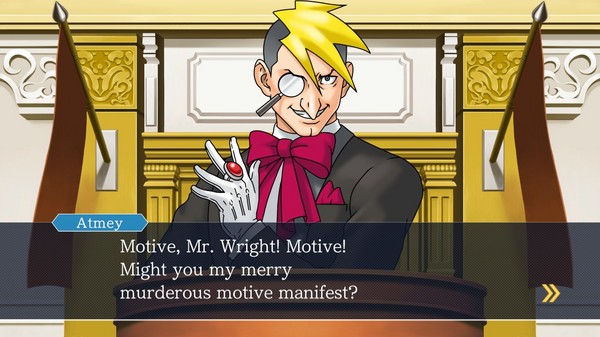

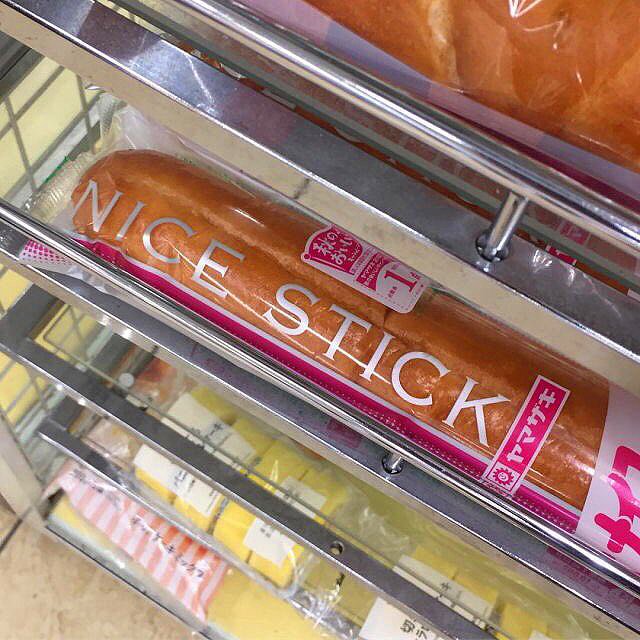
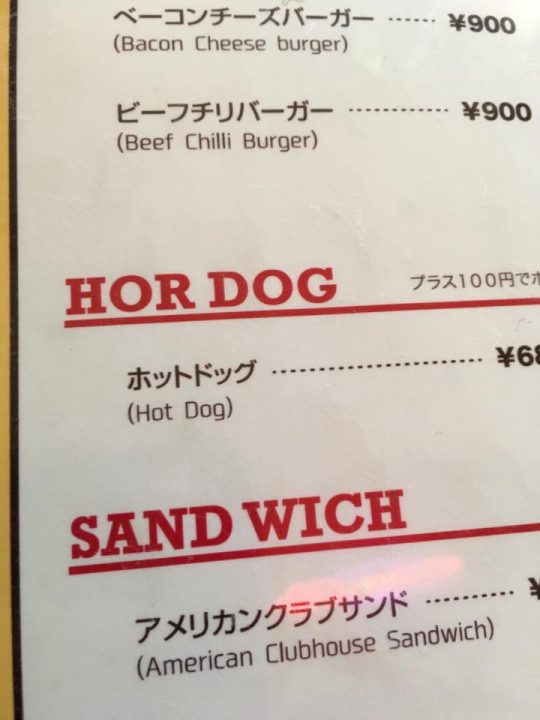
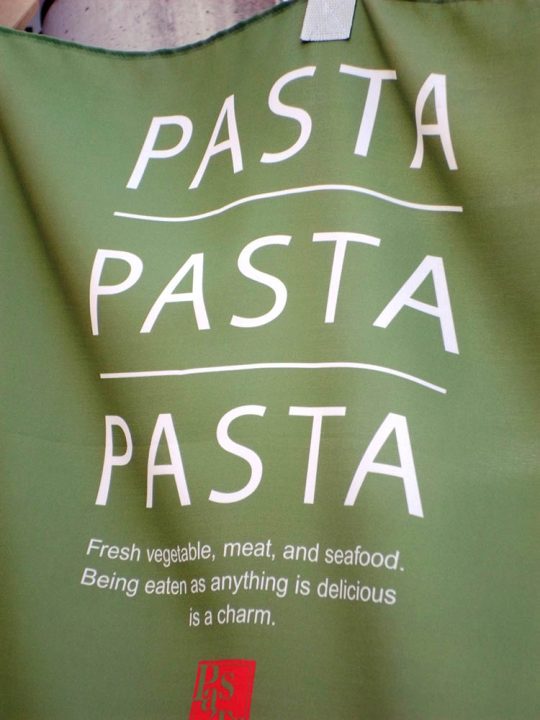
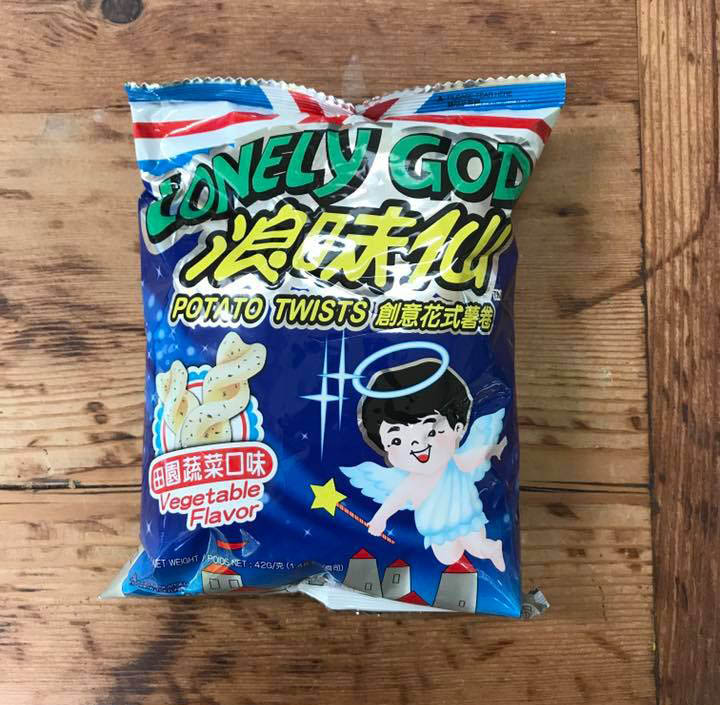
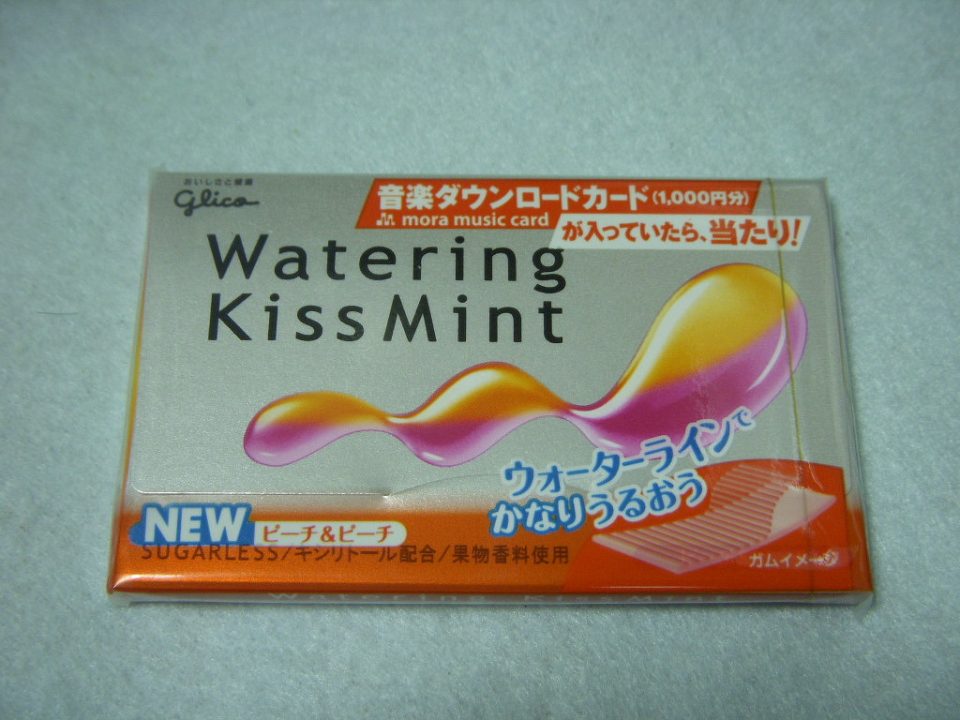
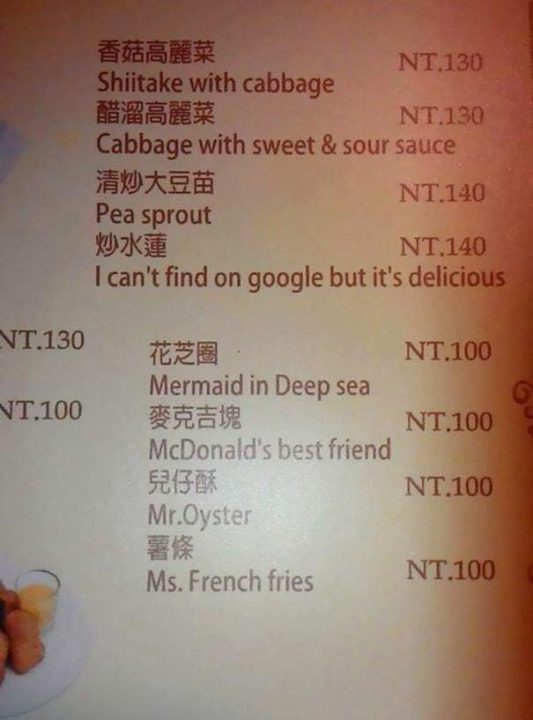
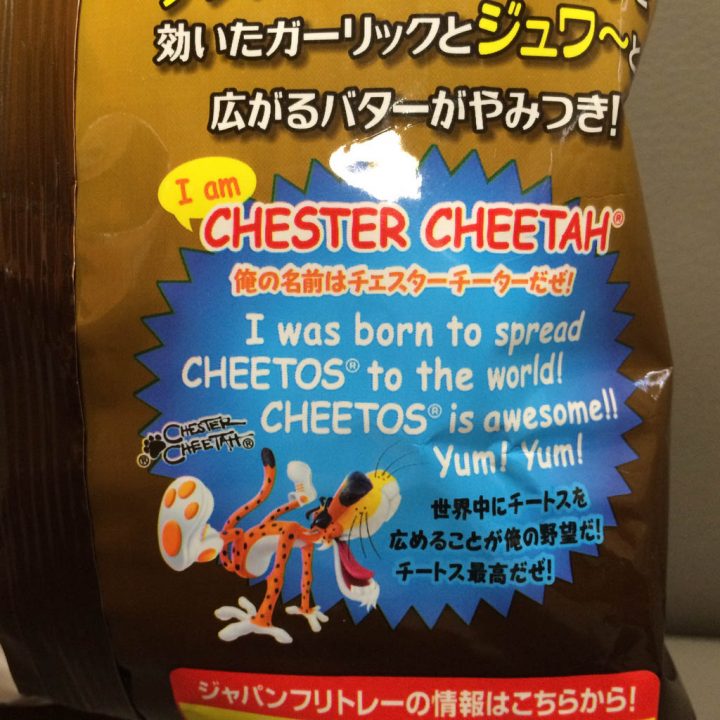
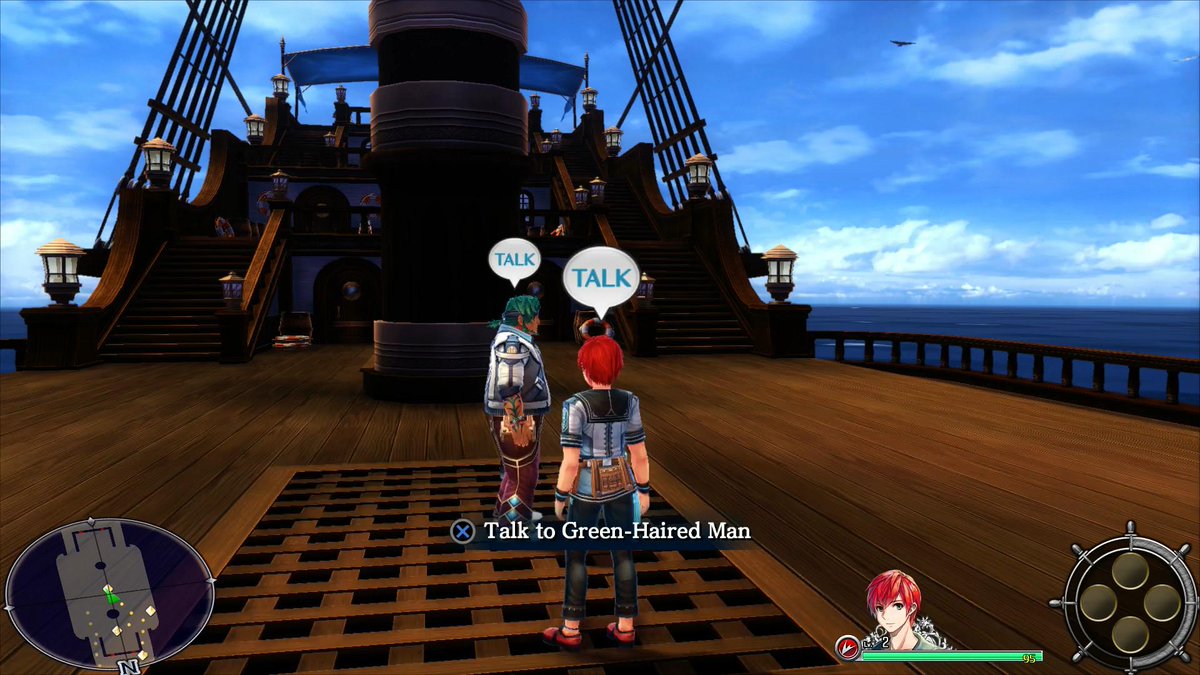
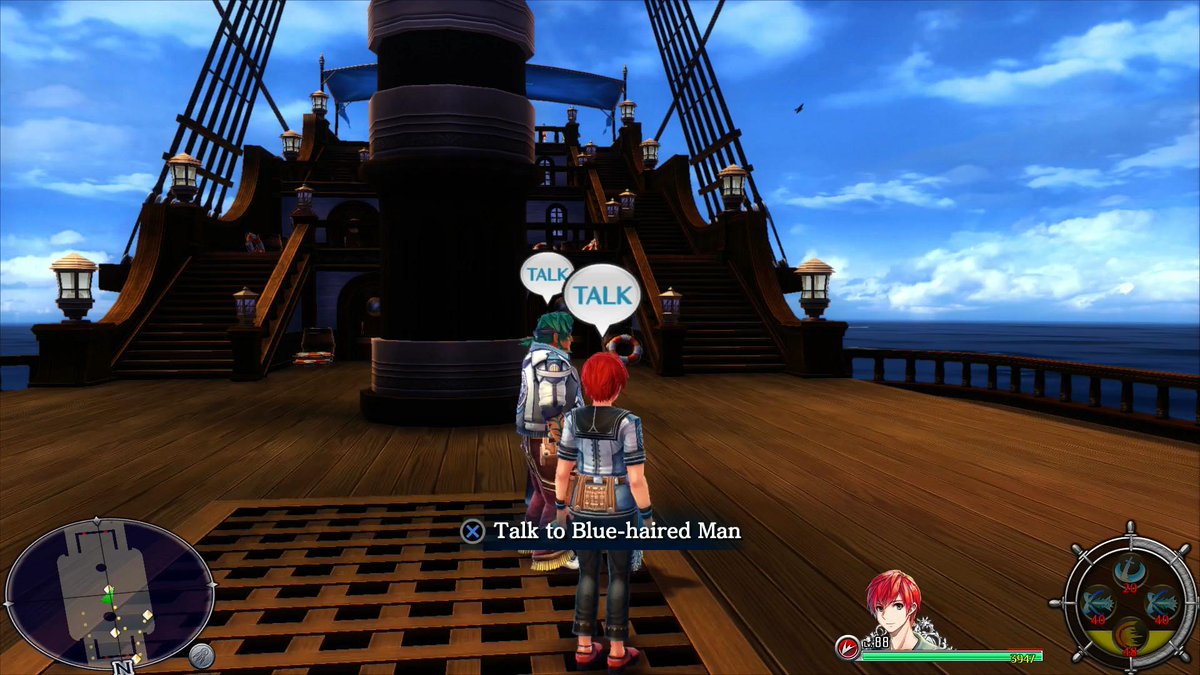
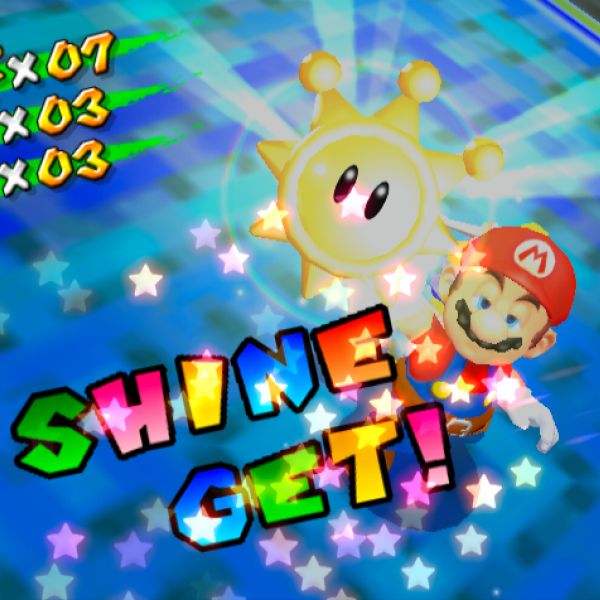
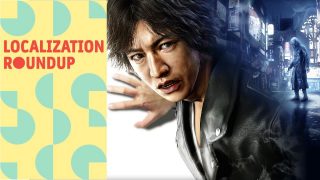
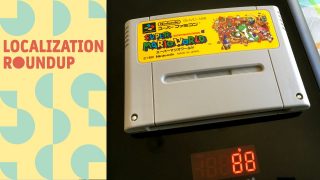
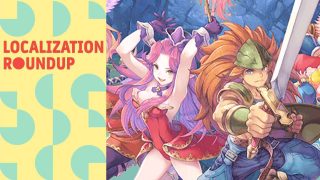
I’d definitely order “I can’t find on google but it’s delicious”.
“McDonald’s Best Friend” sounds good.
I’ll assume this menu is from anywhere but a McDonald’s. 😀
On the Green/Blue:
Green and Blue versions is also worth a mention. Some of the sort by color in the Pokedex is a bit off in cases. Bronzong’s official art makes it green (and it’s sorted as such) but it was always blue in game till X and Y. Araquanid is listed as “green” in the Pokedex despite having no green.
That Gravy incident is about to pop up in the simuldub of the Ace Attorney anime, and i plan on paying extra attention to how Funimation will handle it.
as far as I can tell 炒水蓮 means “fried water lotus”, whatever that is
It’s fried White Water Snowflake
https://www.diversivore.com/stir-fried-white-water-snowflake-stems/
I 100% did not expect my website to be popping up in the comments on a website about video game translation, but I’m also 100% pleased to be a part of this. For the record, white water snowflake is the most common English name, but it’s also sort of a terrible one from a culinary perspective. The plant is a common ornamental water plant, and the name is nice sounding there, but it’s not terribly evocative of food.
Ys VIII’s first translation will probably never leave people’s minds now. All they can think of is big holes. *Butthead laugh*
I’ve only played the updated translation, but the very first time it comes up, big hole actually makes sense (Something like “What’s that big hole over there”). It’s as if the problem was that they just stuck with it instead of switching to something to something that was more appropriate afterwards.
Forgot I can’t edit; sorry for the double “to something”.
Anyway, despite being generally excellent in the update, that moment is actually a little awkward as Sahad doesn’t come across as someone that would jump to “chasm” immediately over “big hole”.
A possible example of 青: In the ending of Illusion of Gaia, you can see Earth, and it’s clearly blue, but the characters describe it as green.
What on God’s green Earth?
Some anime examples of the blue/green thing.In the subtitles of Gundam Unicorn: RE 0096, the narrator kept calling Audrey a “blue eyed girl”, despite her eyes being about as green as they get.
Then there’s traffic signals. The actual color of real ones in Japan is the same as in most countries, but they CALL the green ones 青 (ao), and for some reason in anime they’re usually a cyan-ish color.
The fan translation for Ao no Kiseki in the Trails series have gone with Trails to Azure. Before it was settled on, there were some amusing google translates that came out Trails of Blue, or Green of Pathway.
There was a Reddit post about how Bulbasaur changes between blue and green; it’s usually blue, but is green in things like Gen 2 and 2D Mystery Dungeon. (Incidentally, there’s several Pokémon that change between pink and purple, but that’s not a language thing.)
Just found another instance of the blue-green mixup early into Xenoblade Chronicles 2 (after the Brighid battle). A man tries to explain to his incompetent lackey what the color “emerald” looks like. He threatens him and explains by grabbing a small bottle/jar which is actually a light blue, with only a slight sea greenish-blue hint, if any at all.
Interesting thing I saw today. There’s a show on Netflix called Hi Score Girl and features real life video games. What’s interesting is some of the subtitles. When playing Street Fighter II, the subtitles keep (M. Bison US) as Vega. Yet, when talking about the PC Engine, the subtitles show Turbo-Grafx 16.
Nothing too special, just kinda nifty.